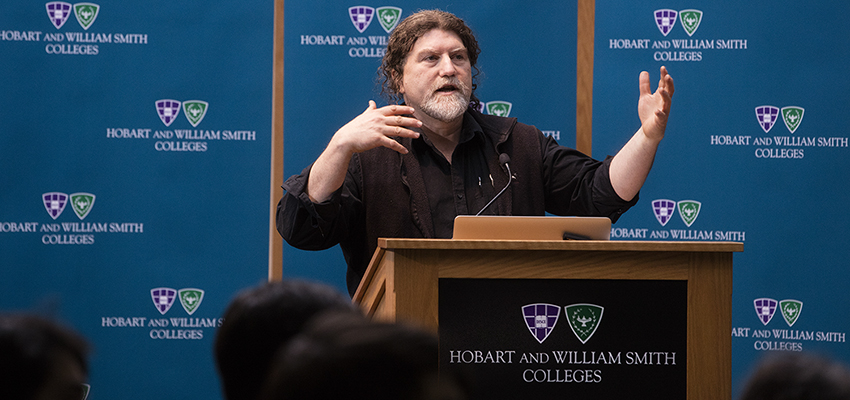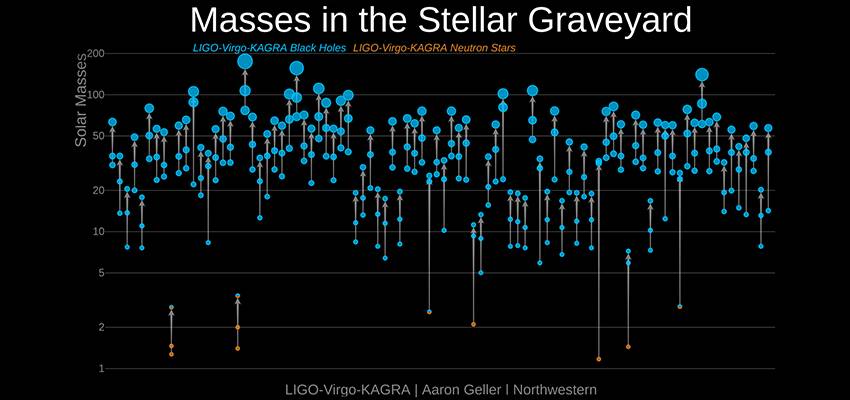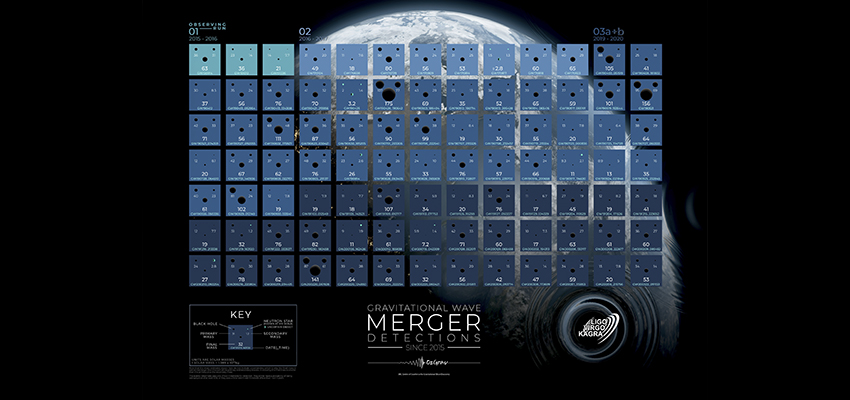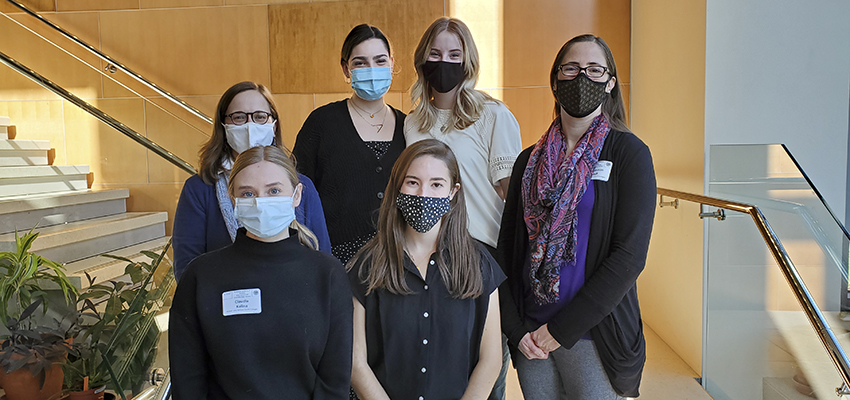
HWS News
15 November 2021 • STEM Masses in the Stellar Graveyard
More than 30 new black hole events are detailed in a new report from the LIGO-Virgo-KAGRA international scientific collaboration, which includes Associate Professor of Physics Steve Penn.
This month, the LIGO-Virgo-KAGRA Collaboration released the largest catalog ever of collisions involving black holes and neutron stars. Gravitational waves, or ripples in spacetime, from these collisions were picked up by a worldwide team of scientists using the international gravitational-wave observatory network.

Black holes and neutron stars are formed at the end of life of a massive star, when it no longer produces energy from fusion. These dead stars, as they are sometimes known, are referenced in lighthearted title of the graphic above, which details LIGOs gravitational wave detections.
For more than 20 years, Associate Professor of Physics Steve Penn has been part of the international group of researchers studying stellar phenomena and pursuing direct detection of gravitational waves to explore the fundamental physics of gravity and to advance astronomical discovery. Hobart and William Smith were among the first small colleges to join the LIGO Scientific Collaboration when Penn joined the faculty. He currently serves as Chair of the LSC Council.
Click here to read about what LIGO-Virgo-KAGRA found and the rapidly developing progress in gravitational wave detection.

This graphic lays out LIGOs discoveries like a periodic table of black hole and neutron star mergers, as the number of detections approaches the number of known elements.
An MIT-trained physicist, Penn joined the HWS Physics Department in 2002 following postdoctoral fellowships at University of Washington and Syracuse University. It was at Syracuse, in 1998, that he became a member of the LSC, an international group of approximately 1,400 researchers focused on the direct detection of gravitational waves.
Penn was a co-author of the Physical Review Letters article announcing the 2015 detection of gravitational waves by LIGO (Laser Interferometer Gravitational-Wave Observatory), which confirmed for the first time the existence of ripples in the fabric of spacetime, a major prediction of Albert Einstein’s 1915 general theory of relativity. In 2017, for his work pioneering the discovery of gravitational waves, Penn was among the international team of scientists recognized with the prestigious and highly selective Special Breakthrough Prize in Fundamental Physics, through which Penn was awarded a “Breakthrough Prize: Scientists Changing the World” medal. Later in 2017, the Nobel Prize in Physics was awarded to Rainer Weiss of MIT, and Barry Barish and Kip Thorne of California Institute of Technology for the discovery of gravitational waves, a scientific breakthrough made possible thanks to the global LSC research team, including Penn.
Penn’s original LSC research was on the mirror design for Advanced LIGO. He discovered how to significantly reduce the thermal noise in the material fused silica, which led to the selection of fused silica for the Advanced LIGO mirror substrates and suspensions. With that upgrade, scientists will be able to increase the amount of the universe that can be probed by a thousandfold.

